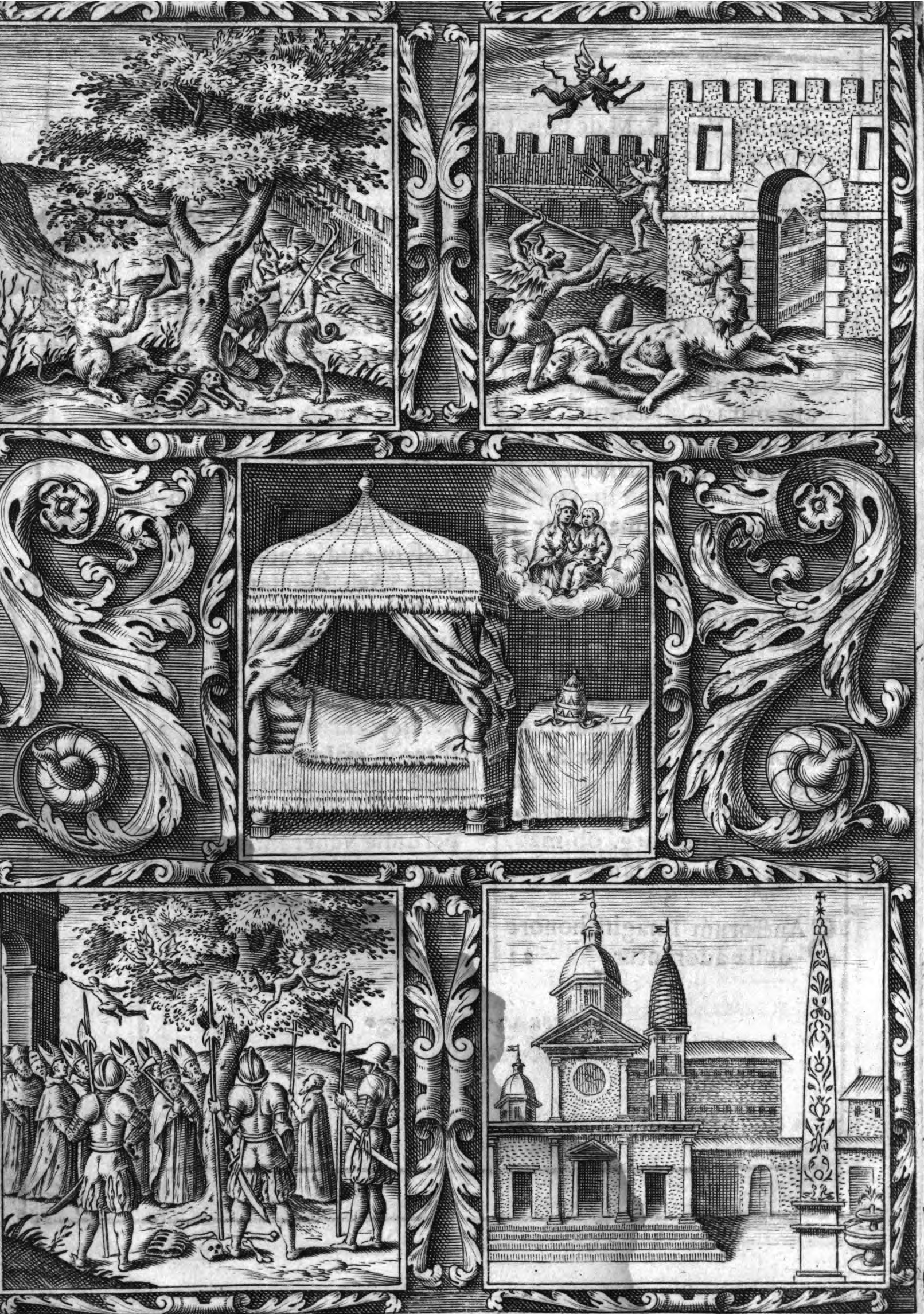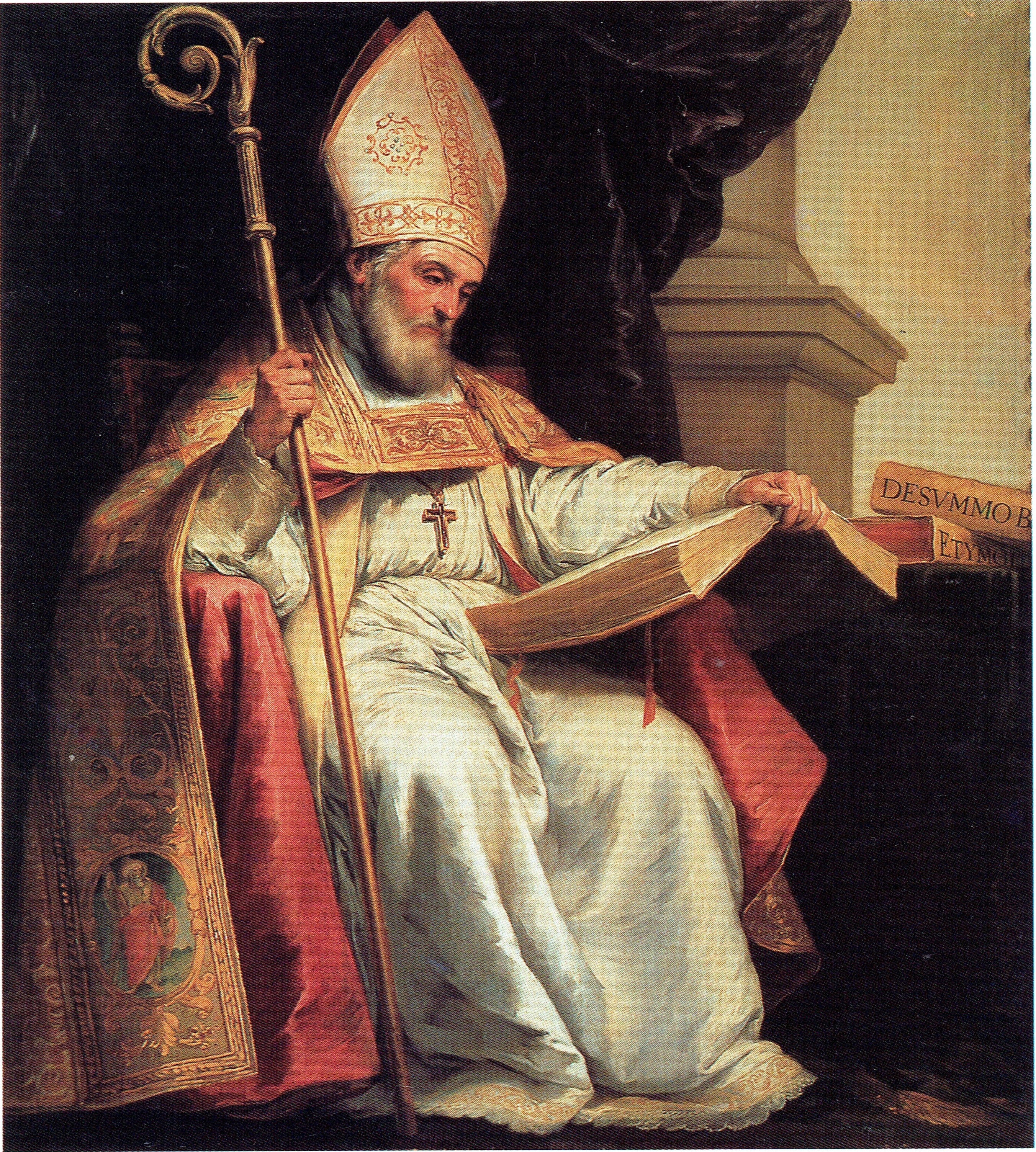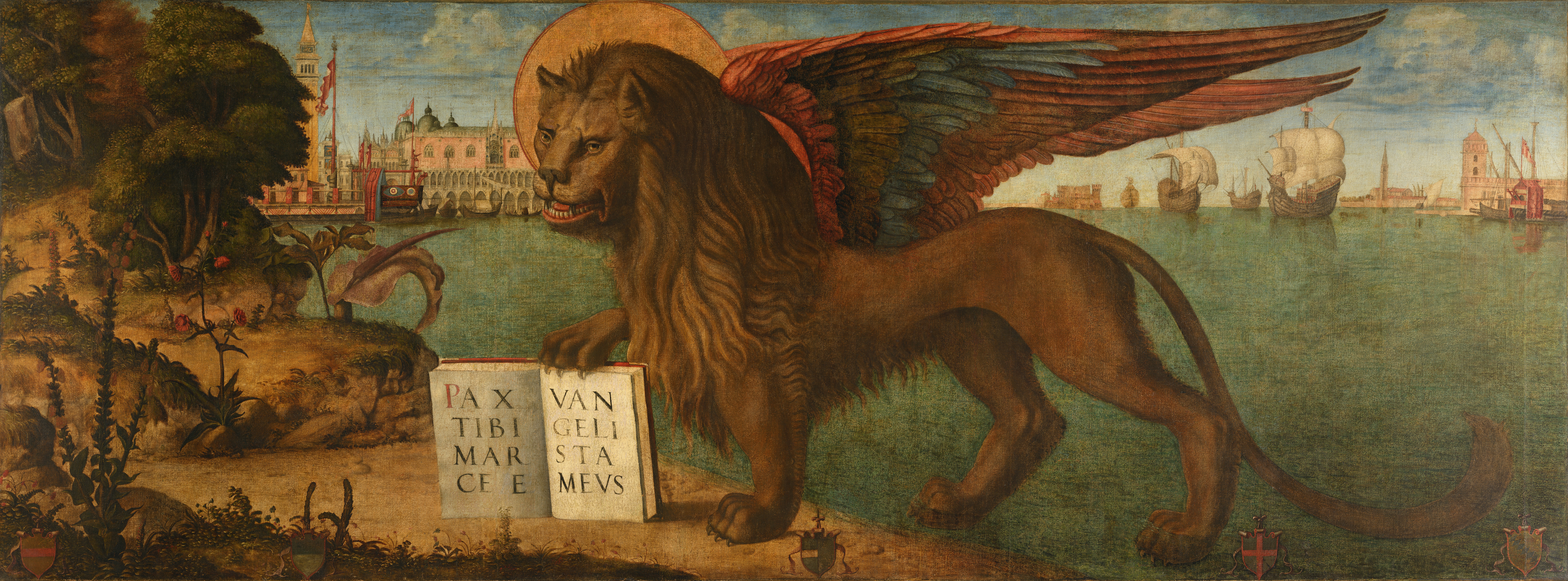|
Theodoli Chapel (Santa Maria Del Popolo)
The Theodoli Chapel or Chapel of Saint Catherine «del Calice» ( it, Cappella Theodoli, Cappella di Santa Catarina del Calice) in the Basilica of Santa Maria del Popolo in Rome is an important monument of Roman Mannerism. Although less known than some of the other side chapels of the same church it is a major work in the oeuvre of Giulio Mazzoni. The chapel opens at the end of the left arm of the transept next to the famous Cerasi Chapel. History The construction of the chapel coincides with the renovation of the whole building in the mid-sixteenth century. On 10 December 1552 the Vicar-General of the Lombard Congregation allowed the Augustinians to assign two empty chapels to new holders: one of them was located "''apud cappella Fusari vulgariter nuncupata la Madonina”'' ("by the Foscari Chapel, commonly called la Madonnina") and it had been requested by Traiano Alicorni, a Milanese nobleman and protonotary apostolic. On 27 June 1553 the chapel was granted to Alicorni, and re-d ... [...More Info...] [...Related Items...] OR: [Wikipedia] [Google] [Baidu] |
Basilica Of Santa Maria Del Popolo
it, Basilica Parrocchiale Santa Maria del Popolo , image = 20140803 Basilica of Santa Maria del Popolo Rome 0191.jpg , caption = The church from Piazza del Popolo , coordinates = , image_size = 270 , mapframe-frame-width = 270 , mapframe = yes , mapframe-caption = Click on the map for a fullscreen view , mapframe-zoom = 13 , mapframe-marker = religious-christian , mapframe-wikidata = yes , location = Rome , country = Italy , denomination = Catholic , tradition = Latin Church , religious order = Order of Saint Augustine , website = , founded date = 1099 , founder = Pope Paschal II , dedication = Blessed Virgin Mary , consecrated date = 1477 , status = Basilica minor, parish church (1561), titular church (1587) , functional status ... [...More Info...] [...Related Items...] OR: [Wikipedia] [Google] [Baidu] |
John The Baptist
John the Baptist or , , or , ;Wetterau, Bruce. ''World history''. New York: Henry Holt and Company. 1994. syc, ܝܘܿܚܲܢܵܢ ܡܲܥܡܕ݂ܵܢܵܐ, Yoḥanān Maʿmḏānā; he, יוחנן המטביל, Yohanān HaMatbil; la, Ioannes Baptista; cop, ⲓⲱⲁⲛⲛⲏⲥ ⲡⲓⲡⲣⲟⲇⲣⲟⲙⲟⲥ or ; ar, يوحنا المعمدان; myz, ࡉࡅࡄࡀࡍࡀ ࡌࡀࡑࡁࡀࡍࡀ, Iuhana Maṣbana. The name "John" is the Anglicized form, via French, Latin and then Greek, of the Hebrew, "Yochanan", which means "YHWH is gracious"., group="note" ( – ) was a mission preacher active in the area of Jordan River in the early 1st century AD. He is also known as John the Forerunner in Christianity, John the Immerser in some Baptist Christian traditions, and Prophet Yahya in Islam. He is sometimes alternatively referred to as John the Baptiser. John is mentioned by the Roman Jewish historian Josephus and he is revered as a major religious figure Funk, Robert W. & the Jes ... [...More Info...] [...Related Items...] OR: [Wikipedia] [Google] [Baidu] |
Golden Legend
The ''Golden Legend'' (Latin: ''Legenda aurea'' or ''Legenda sanctorum'') is a collection of hagiographies by Jacobus de Voragine that was widely read in late medieval Europe. More than a thousand manuscripts of the text have survived.Hilary Maddocks, "Pictures for aristocrats: the manuscripts of the ''Légende dorée''", in Margaret M. Manion, Bernard James Muir, eds. ''Medieval texts and images: studies of manuscripts from the Middle Ages'' 1991:2; a study of the systemization of the Latin manuscripts of the ''Legenda aurea'' is B. Fleith, "Le classement des quelque 1000 manuscrits de la Legenda aurea latine en vue de l'éstablissement d'une histoire de la tradition" in Brenda Dunn-Lardeau, ed. ''Legenda Aurea: sept siècles de diffusion", 1986:19-24 It was likely compiled around the years 1259–1266, although the text was added to over the centuries. Initially entitled ''Legenda sanctorum'' (''Readings of the Saints''), it gained its popularity under the title by which ... [...More Info...] [...Related Items...] OR: [Wikipedia] [Google] [Baidu] |
Gregory The Great
Pope Gregory I ( la, Gregorius I; – 12 March 604), commonly known as Saint Gregory the Great, was the bishop of Rome from 3 September 590 to his death. He is known for instigating the first recorded large-scale mission from Rome, the Gregorian mission, to convert the then largely pagan Anglo-Saxons to Christianity. Gregory is also well known for his writings, which were more prolific than those of any of his predecessors as pope. The epithet Saint Gregory the Dialogist has been attached to him in Eastern Christianity because of his ''Dialogues''. English translations of Eastern texts sometimes list him as Gregory "Dialogos", or the Anglo-Latinate equivalent "Dialogus". A Roman senator's son and himself the prefect of Rome at 30, Gregory lived in a monastery he established on his family estate before becoming a papal ambassador and then pope. Although he was the first pope from a monastic background, his prior political experiences may have helped him to be a talented administ ... [...More Info...] [...Related Items...] OR: [Wikipedia] [Google] [Baidu] |
Doctor Of The Church
Doctor of the Church (Latin: ''doctor'' "teacher"), also referred to as Doctor of the Universal Church (Latin: ''Doctor Ecclesiae Universalis''), is a title given by the Catholic Church to saints recognized as having made a significant contribution to theology or doctrine through their research, study, or writing. , the Catholic Church has named 37 Doctors of the Church. Of these, the 18 who died before the Great Schism of 1054 are also held in high esteem by the Eastern Orthodox Church, although it does not use the formal title "Doctor of the Church". Among the 37 recognised Doctors, 28 are from the West and nine from the East; four are women and thirty-three are men; one abbess, three nuns, one tertiary associated with a religious order; 19 bishops, twelve priests, one deacon; 27 from Europe, three from Africa, and seven from Asia. More Doctors (twelve) lived in the fourth century than any other; eminent Christian writers of the first, second, and third centuries are usually ... [...More Info...] [...Related Items...] OR: [Wikipedia] [Google] [Baidu] |
Saint Mark
Mark the Evangelist ( la, Marcus; grc-gre, Μᾶρκος, Mârkos; arc, ܡܪܩܘܣ, translit=Marqōs; Ge'ez: ማርቆስ; ), also known as Saint Mark, is the person who is traditionally ascribed to be the author of the Gospel of Mark. According to Church tradition, Mark founded the episcopal see of Alexandria, which was one of the five most important sees of early Christianity. His feast day is celebrated on April 25, and his symbol is the winged lion. Mark's identity According to William Lane (1974), an "unbroken tradition" identifies Mark the Evangelist with John Mark, and John Mark as the cousin of Barnabas. However, Hippolytus of Rome in ''On the Seventy Apostles'' distinguishes Mark the Evangelist (2 Tim 4:11), John Mark (Acts 12:12, 25; 13:5, 13; 15:37), and Mark the cousin of Barnabas (Col 4:10; Phlm 1:24). According to Hippolytus, they all belonged to the "Seventy Disciples" who were sent out by Jesus to disseminate the gospel (Luke 10:1ff.) in Judea. According ... [...More Info...] [...Related Items...] OR: [Wikipedia] [Google] [Baidu] |
Saint Matthew
Matthew the Apostle,, shortened to ''Matti'' (whence ar, مَتَّى, Mattā), meaning "Gift of YHWH"; arc, , Mattai; grc-koi, Μαθθαῖος, ''Maththaîos'' or , ''Matthaîos''; cop, ⲙⲁⲧⲑⲉⲟⲥ, Mattheos; la, Matthaeus also known as Saint Matthew and possibly as Levi, was, according to the New Testament, one of the twelve apostles of Jesus. According to Christian traditions, he was also one of the four Evangelists as author of the Gospel of Matthew, and thus is also known as Matthew the Evangelist, a claim rejected by most biblical scholars, though the "traditional authorship still has its defenders." The New Testament records that as a disciple, he followed Jesus, and was one of the witnesses of the Ascension of Jesus. Later Church fathers such as Irenaeus and Clement of Alexandria claim that Matthew preached the Gospel to the Jewish community in Judea, before going to other countries. In the New Testament Among the early followers and apostles of Je ... [...More Info...] [...Related Items...] OR: [Wikipedia] [Google] [Baidu] |
God The Father By Mazzoni
In monotheistic thought, God is usually viewed as the supreme being, creator, and principal object of faith. Swinburne, R.G. "God" in Honderich, Ted. (ed)''The Oxford Companion to Philosophy'', Oxford University Press, 1995. God is typically conceived as being omnipotent, omniscient, omnipresent, and omnibenevolent, as well as having an eternal and necessary existence. God is often thought to be incorporeal, evoking transcendence or immanence. Some religions describe God without reference to gender, while others use terminology that is gender-specific and . God has been conceived as either personal or impersonal. In theism, God is the creator and sustainer of the universe, while in deism, God is the creator, but not the sustainer, of the universe. In pantheism, God is the universe itself, while in panentheism, the universe is part (but not the whole) of God. Atheism is an absence of belief in any God or deity, while agnosticism is the belief that the existence of God is un ... [...More Info...] [...Related Items...] OR: [Wikipedia] [Google] [Baidu] |
Stucco Angels Theodoli Chapels
Stucco or render is a construction material made of aggregates, a binder, and water. Stucco is applied wet and hardens to a very dense solid. It is used as a decorative coating for walls and ceilings, exterior walls, and as a sculptural and artistic material in architecture. Stucco can be applied on construction materials such as metal, expanded metal lath, concrete, cinder block, or clay brick and adobe for decorative and structural purposes. In English, "stucco" sometimes refers to a coating for the outside of a building and " plaster" to a coating for interiors; as described below, however, the materials themselves often have little to no differences. Other European languages, notably Italian, do not have the same distinction; ''stucco'' means ''plaster'' in Italian and serves for both. Composition The basic composition of stucco is cement, water, and sand. The difference in nomenclature between stucco, plaster, and mortar is based more on use than composition. Un ... [...More Info...] [...Related Items...] OR: [Wikipedia] [Google] [Baidu] |
Jubilee (Christianity)
A jubilee is a special year of remission of sins and universal pardon. In '' Leviticus'', a jubilee year ( he, יובל ''yūḇāl'') is mentioned to occur every 50th year; during which slaves and prisoners would be freed, debts would be forgiven and the mercies of God would be particularly manifest. In Western Christianity, the tradition dates to 1300, when Pope Boniface VIII convoked a holy year, following which ordinary jubilees have generally been celebrated every 25 or 50 years, with extraordinary jubilees in addition depending on need. Catholic jubilees, particularly in the Latin Church, generally involve pilgrimage to a sacred site, normally the city of Rome. The Catholic Church declared the Extraordinary Jubilee of Mercy for 2015–2016. Background In Jewish tradition, the jubilee year was a time of joy, the year of remission or universal pardon. Leviticus 25:10 reads, "Thou shalt sanctify the fiftieth year, and shalt proclaim remission to all the inhabitants of thy lan ... [...More Info...] [...Related Items...] OR: [Wikipedia] [Google] [Baidu] |
Giacomo Triga
Giacomo Triga (1674 - 1746) was an Italian painter, active in Rome, as a painter of religious subjects. He served for a time as court painter to the Marquis Gerolamo Theodoli. Life Giacomo Triga was born in Rome into a family of Marche origins. His father was a bricklayer. Triga trained under Benedetto Luti. He subsequently became court painter for the Marquis Gerolamo Theodoli. The young Pietro Bianchi served as his apprentice. In 1715 he received a papal commission to paint the ''Meeting of Saints Ignatius and Polycarp'' for San Clemente al Laterano. In 1726 he painted the ''Martyrdom of Saint Paul'' for Santi Giovanni e Paolo al Celio. He painted a fresco depicting the ''Glory of San Nicola'' for the church of San Nicola ai Prefetti in Rome. The work was commissioned circa 1729-1730 by his patron, the Marquis Gerolamo Theodoli.Restoration of Frescoes in Church of San Nicola ai Prefetti. The Marquis refurbished the family chapel at Santa Maria del Popolo The paintings ... [...More Info...] [...Related Items...] OR: [Wikipedia] [Google] [Baidu] |
Girolamo Theodoli
Marchese Gerolamo (or Girolamo) Theodoli (1677–17 October 1766) was an Italian nobleman and architect, best known for designing the Teatro Argentina The Teatro Argentina (directly translating to "Theatre Argentina") is an opera house and Theater (structure), theatre located in Largo di Torre Argentina, a square in Rome, Italy. One of the oldest theatres in Rome, it was constructed in 1731 an ... in Rome. He also designed the bell tower for Santa Maria dei Miracoli, the church of Santi Marcellino e Pietro in Rome, the church of San Pietro at Vicovaro, near Tivoli, and the altar of the Immaculate Conception in the Cathedral of Tivoli. Bibliography *Spesso, Marco, "Gerolamo Theodoli", in Bulzoni (ed.), ''La cultura architettonica a Roma nel secolo XVIII'' (Roma, 1991; br., pp. 244, 16 ill., cm 17x24 - Arte, architettura, urbanistica series), 1677 births 1766 deaths 18th-century Italian architects Architects from Rome Margraves of Italy {{Italy-architect-s ... [...More Info...] [...Related Items...] OR: [Wikipedia] [Google] [Baidu] |







_(cropped).jpg)

